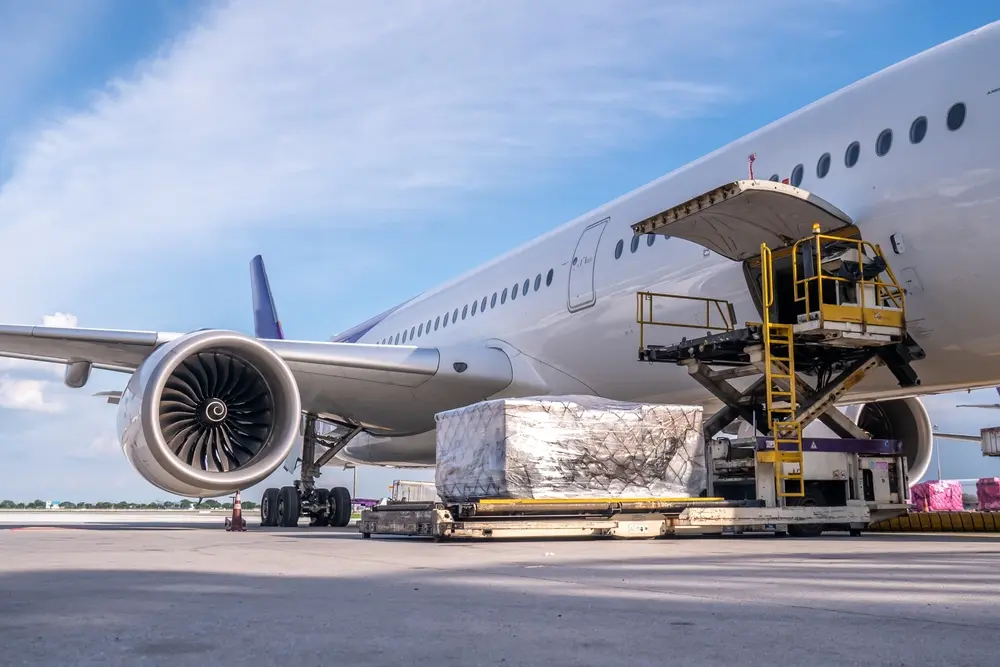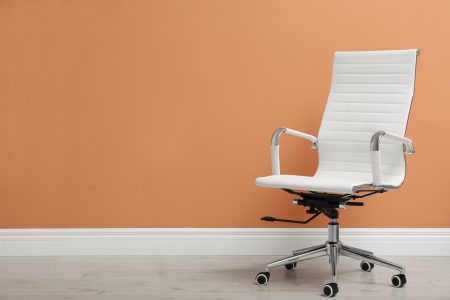Transporting goods efficiently and cost-effectively is a cornerstone of successful logistics. With multiple modes of transportation available—each with distinct advantages and disadvantages—businesses must carefully consider factors like cost, speed, and environmental impact when making decisions. This blog will compare different transportation modes, including inland water, sea, road, rail, and air transport, to help you choose the best option for your needs.
1. Inland Water Transport
Cost per Mile per Ton: $0.0145 – $0.0135
Speed: Slow
Environmental Impact: Low
Greenhouse Gas Emissions: Approximately 15-30 grams of CO₂ per ton-mile
Typical Delivery Time: Several days to weeks, depending on the distance
Overview:
Inland water transport is one of the most cost-effective and environmentally friendly methods of moving goods. This mode of transport is particularly useful for bulk goods like coal, grains, or raw materials. However, it is also the slowest, making it suitable for non-urgent shipments. With relatively low emissions and minimal energy-intensive infrastructure, it offers a green alternative for businesses located near navigable waterways.
Key Considerations:
- Highly cost-effective but slow.
- Best for non-time-sensitive bulk goods.
- Low environmental impact makes it a sustainable choice.
2. Sea Transport
Cost per Mile per Ton: $0.0020 – $0.0080
Speed: Moderate
Environmental Impact: Moderate to Low
Greenhouse Gas Emissions: Approximately 10-40 grams of CO₂ per ton-mile
Typical Delivery Time: Weeks to months, depending on the route and distance
Overview:
Sea transport is the cornerstone of global trade, particularly for moving large volumes of goods over long distances. It’s highly cost-efficient, especially for international shipments, but it comes with longer transit times. While sea transport is more environmentally friendly than road or air transport on a per-ton-mile basis, it still contributes significantly to global greenhouse gas emissions due to the volume of goods shipped worldwide.
Key Considerations:
- Ideal for international shipping of heavy or bulky goods.
- Cost-effective with moderate speed.
- Environmental impact is mitigated by its efficiency but remains a concern.
3. Road Transport
Cost per Mile per Ton: $0.185 – $0.230
Speed: Fast
Environmental Impact: High
Greenhouse Gas Emissions: Approximately 150-250 grams of CO₂ per ton-mile
Typical Delivery Time: Hours to days, depending on the distance
Overview:
Road transport offers unmatched flexibility and relatively fast delivery times, making it the go-to choice for short to medium distances. Its door-to-door service capability makes it highly versatile. However, it’s also one of the most expensive and environmentally damaging options, with significant greenhouse gas emissions and particulate pollution. Despite this, ongoing advancements in electric vehicles and fuel efficiency are gradually improving its sustainability profile.
Key Considerations:
- Best for short to medium-distance deliveries requiring flexibility.
- Fast but costly and environmentally intensive.
- The most versatile option for regional and national deliveries.
4. Rail Transport
Cost per Mile per Ton: $0.020 – $0.070
Speed: Moderate
Environmental Impact: Low to Moderate
Greenhouse Gas Emissions: Approximately 20-70 grams of CO₂ per ton-mile
Typical Delivery Time: Days to weeks, depending on the distance
Overview:
Rail transport is a middle-ground option that balances cost, speed, and environmental impact. It’s particularly efficient for moving large quantities of goods over long distances on land. Electrified rail systems offer even greater environmental benefits, especially when powered by renewable energy sources. While slower than road transport, rail is more cost-effective and less polluting, making it a popular choice for industries like mining and agriculture.
Key Considerations:
- Suitable for long-distance land transport of bulk goods.
- More environmentally friendly and cost-effective than road transport.
- Offers a good balance between speed and sustainability.
5. Air Transport
Cost per Mile per Ton: $0.28 – $0.35
Speed: Very Fast
Environmental Impact: Very High
Greenhouse Gas Emissions: Approximately 500-700 grams of CO₂ per ton-mile
Typical Delivery Time: Hours to days, depending on the destination

Overview:
Air transport is by far the fastest way to move goods, making it ideal for time-sensitive or high-value shipments. However, this speed comes at a premium cost and with a significant environmental impact. Air freight is the most carbon-intensive mode of transport, contributing disproportionately to climate change. As a result, it is typically reserved for urgent deliveries where speed is essential despite the higher costs and environmental concerns. It isn’t well-suited for loose bulk or dense cargo, but is ideal for individual or grouped consignments of general cargo, mounted on heavy duty plastic pallets for easy handling and secure loading.
Key Considerations:
- Best for urgent, high-value, or perishable goods.
- Fastest option but the most expensive and environmentally harmful.
- Should be used sparingly to minimize environmental impact.
Conclusion: Choosing the Right Mode of Transport
Selecting the appropriate mode of transport involves balancing cost, speed, and environmental impact based on the specific needs of your business.
- For cost-sensitive bulk goods: Inland water and sea transport offer the most economical options.
- For time-sensitive deliveries: Air transport is the best choice, though it should be used judiciously due to its high environmental impact.
- For balancing speed, cost, and sustainability: Rail transport is an excellent choice for long-distance land transport, while road transport provides flexibility and speed for regional deliveries.
By carefully considering these factors, businesses can optimize their logistics strategies to meet both operational needs and sustainability goals.




